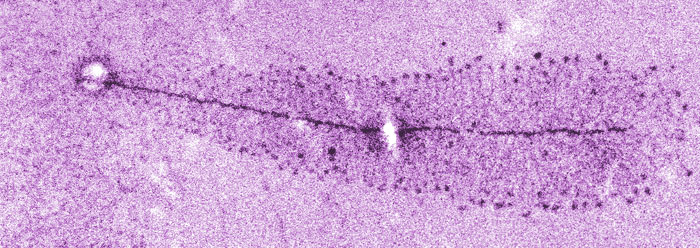How does a single-cell egg turn into a swimming, metabolizing, hunting tadpole? Common understanding holds that frog DNA carries the required instructional building plans. However, developmental biologists serendipitously discovered that tiny facial features were outlined with bioelectricity just prior to their formation inside frog eggs.
Tufts University biologist Dany Adams said that when she viewed images of a time-lapse movie of bioelectrical activity in frog embryos, she "was completely blown away."1 The research appeared in the technical journal Developmental Dynamics,2 and a related university news release included a link to the stunning video that accompanied the journal article.
The images show an embryonic frog "light show" in fast forward. Adams said, "When a frog embryo is just developing, before it gets a face, a pattern for that face lights up on the surface of the embryo."1
In this patterning process, an ionic charge is generated on the skin's surface by biochemical proton pumps. To assess whether this bioelectric pattern is crucial to proper development or just an interesting byproduct, the researchers disrupted the biochemical pump that generates electric potential. This affected specific critical genes, which resulted in abnormal tadpole facial development.2 Apparently, the genes are activated by the bioelectricity.
Since bioelectric patterning is not genetic, how could it have arisen through neo-Darwinism's genetic mutations? In other words, since bioelectric signals are required to build tadpoles, and since they are electric and not genetic, then mutations and natural selection are irrelevant to their makeup.
These experiments illuminate the fact that an extremely capable bioelectrical Engineer is behind the intricate processes needed to reproduce living organisms.
References
- The Face of a Frog: Time-lapse Video Reveals Never-Before-Seen Bioelectric Pattern. Tufts Now. Tufts University news release. Posted on now.tufts.edu July 18, 2011, accessed July 19, 2011.
- Vandenberg, L. N., R. D. Morrie and D. S. Adams. 2011. V-ATPase-dependent ectodermal voltage and ph regionalization are required for craniofacial morphogenesis. Developmental Dynamics. 240 (8): 1889-1904.
* Mr. Thomas is Science Writer at the Institute for Creation Research.
Article posted on July 27, 2011.























